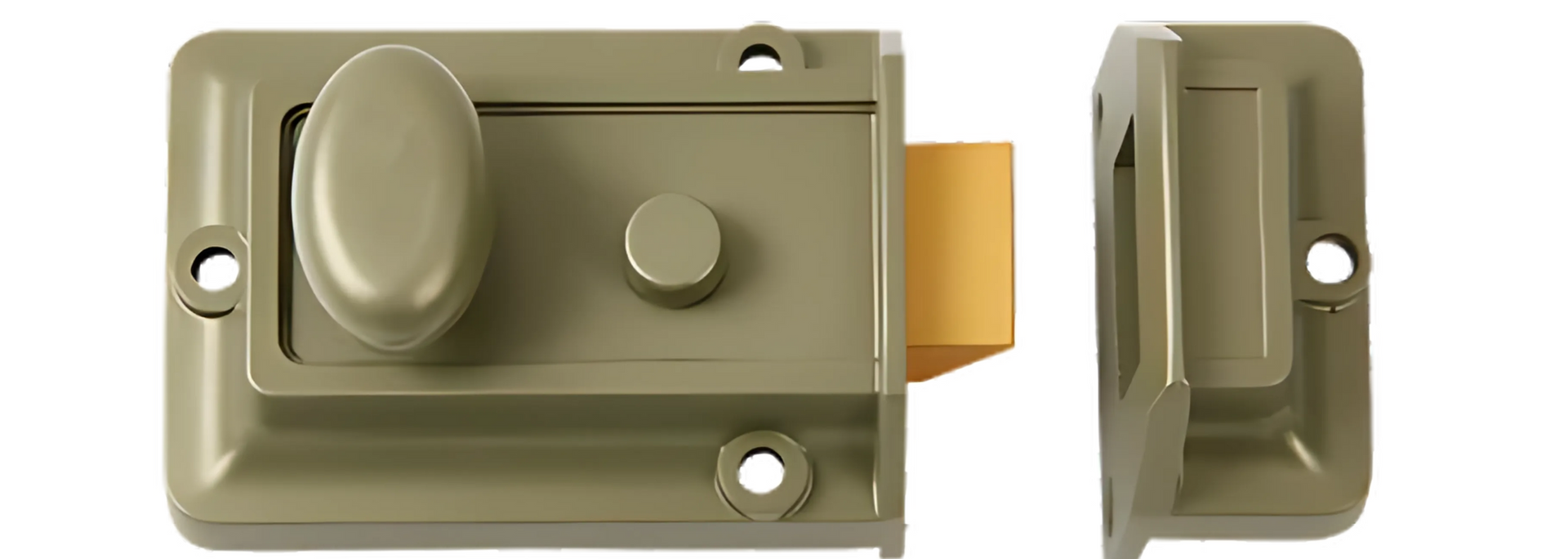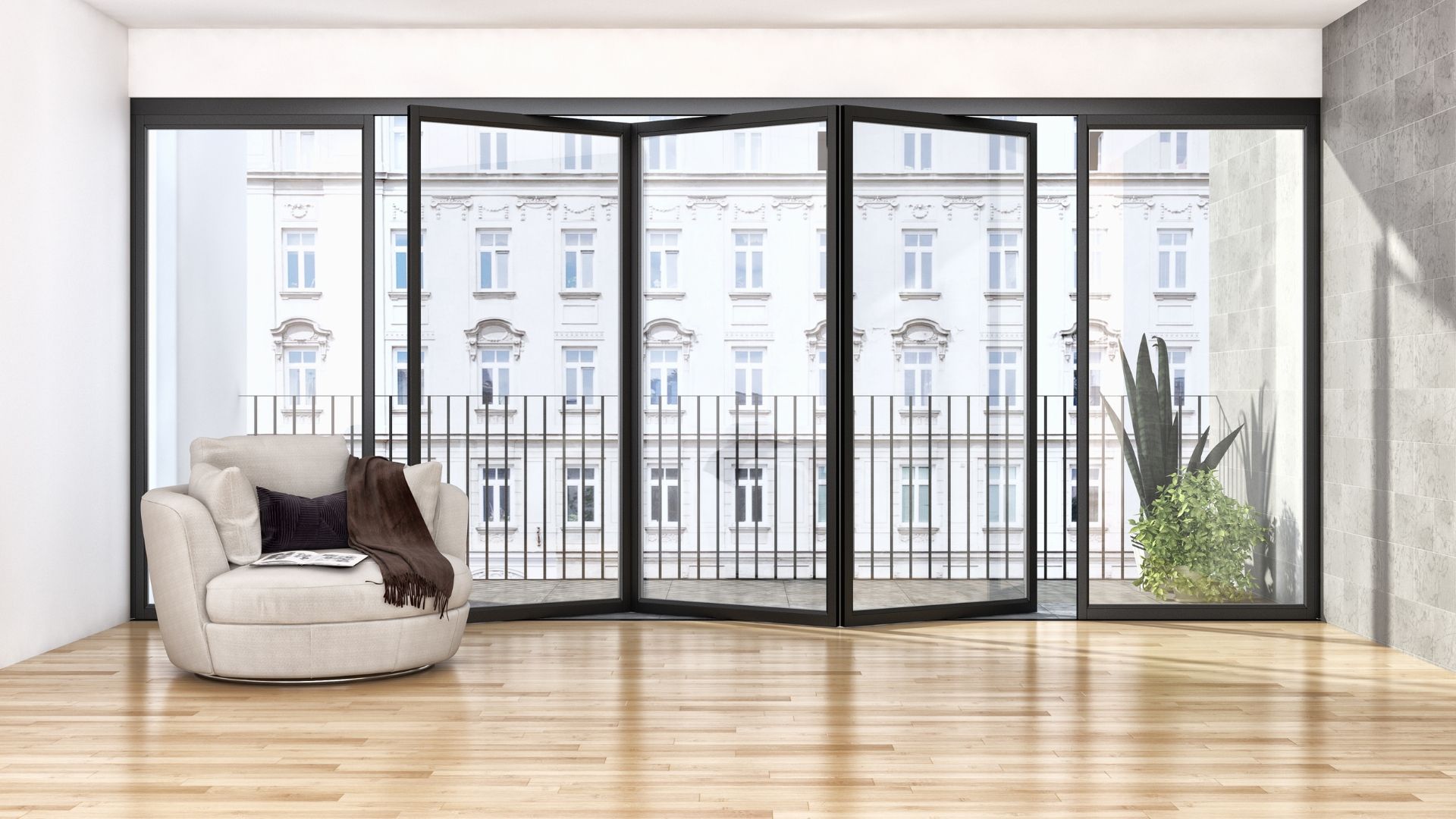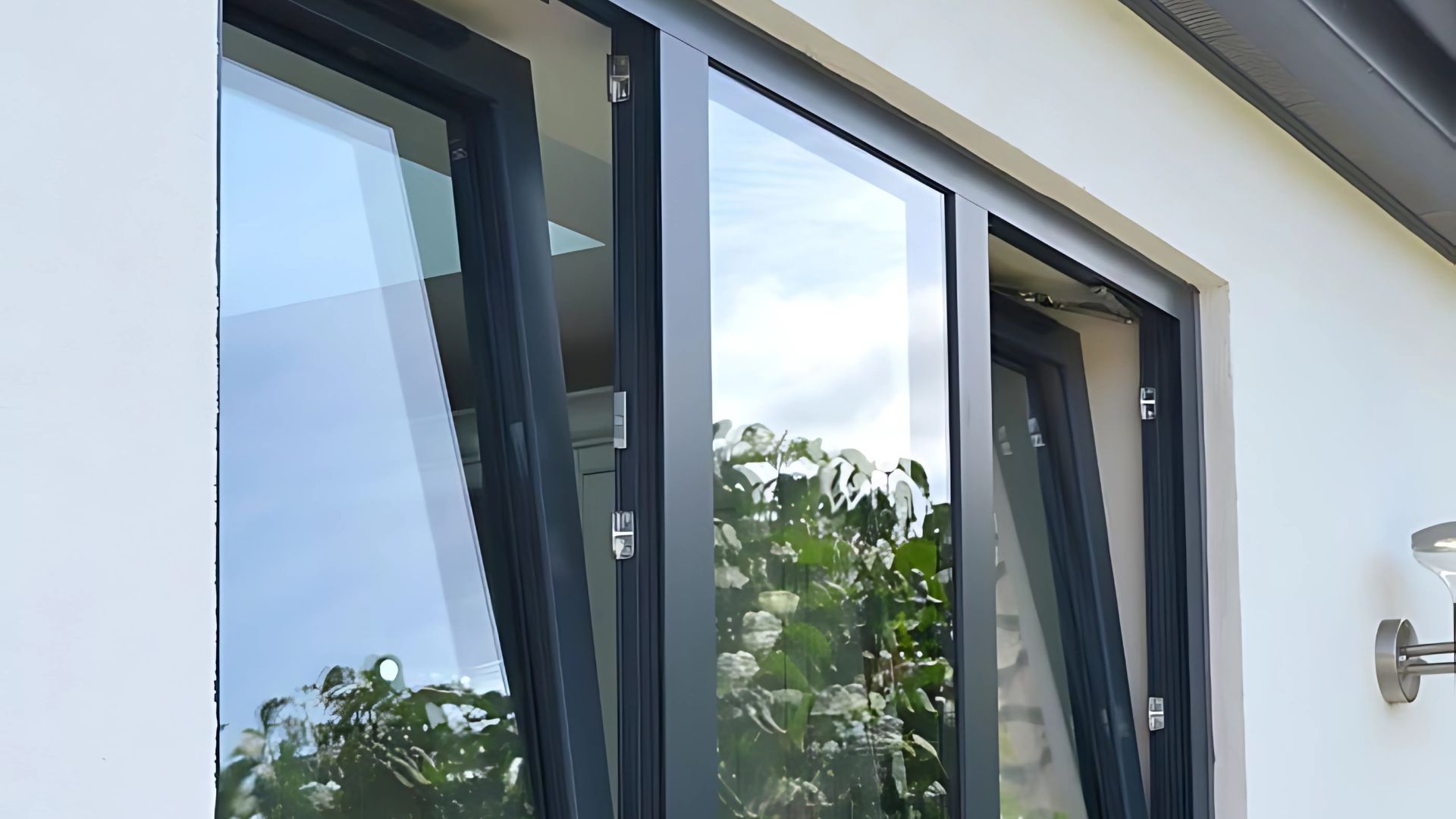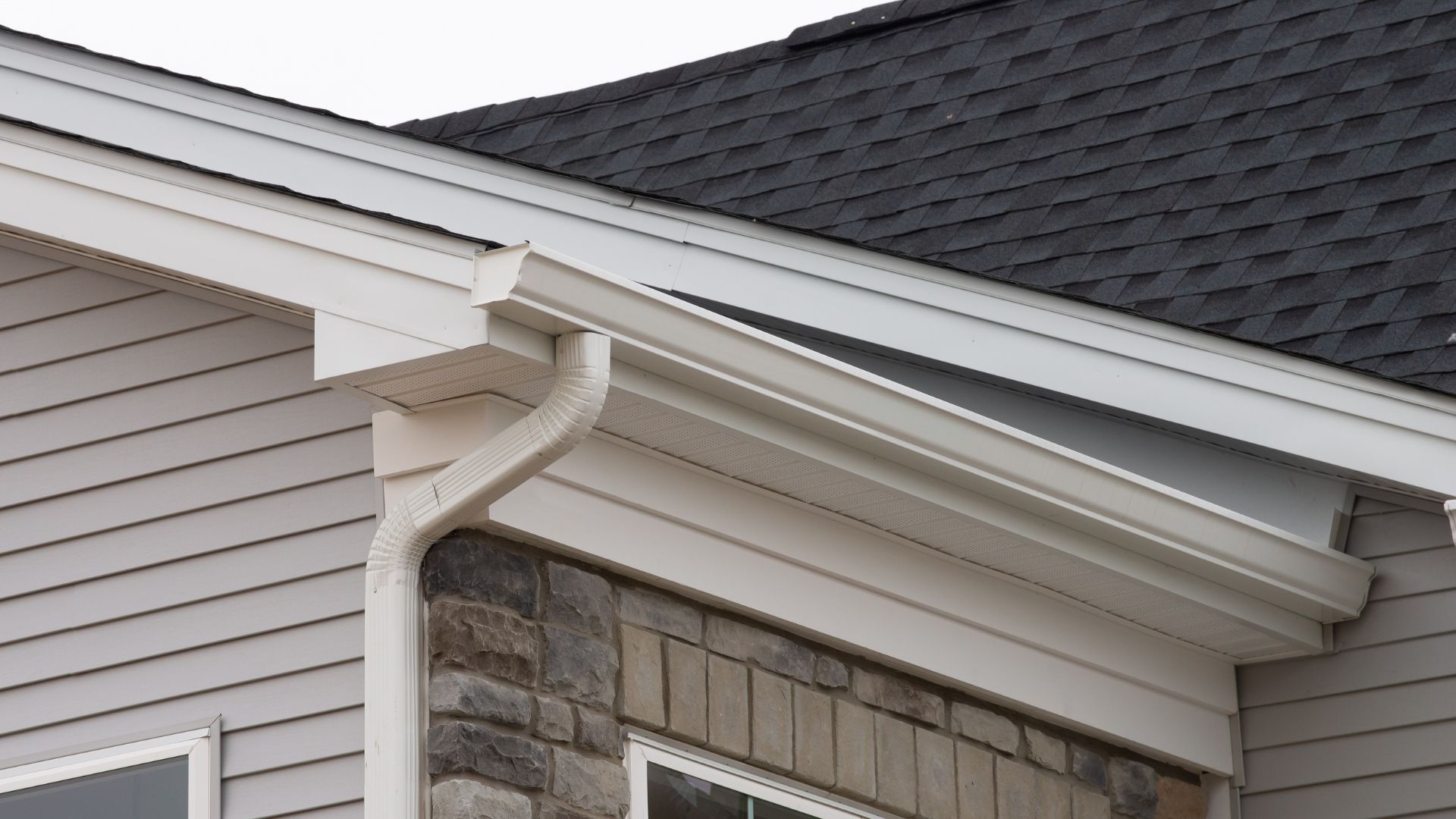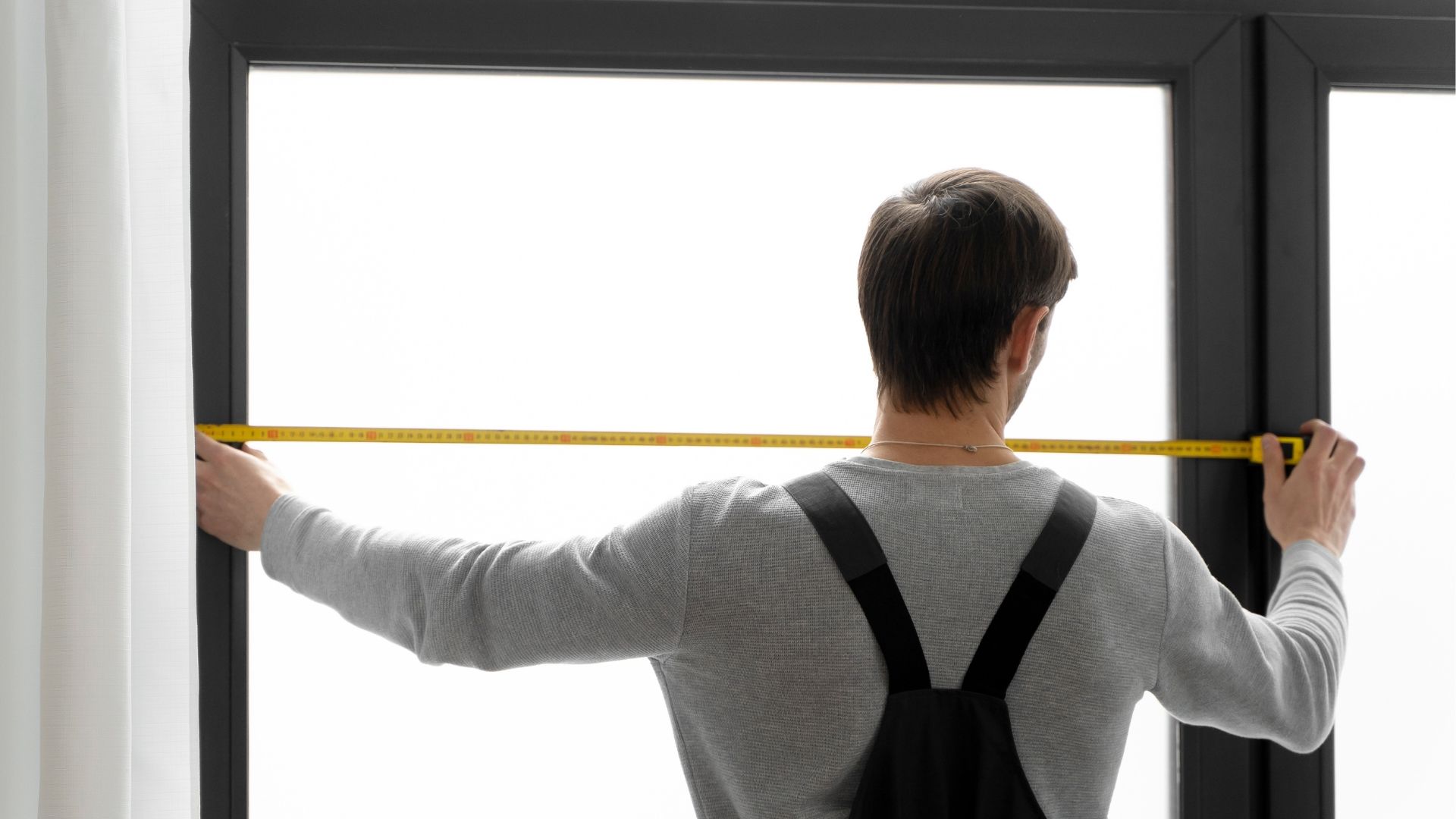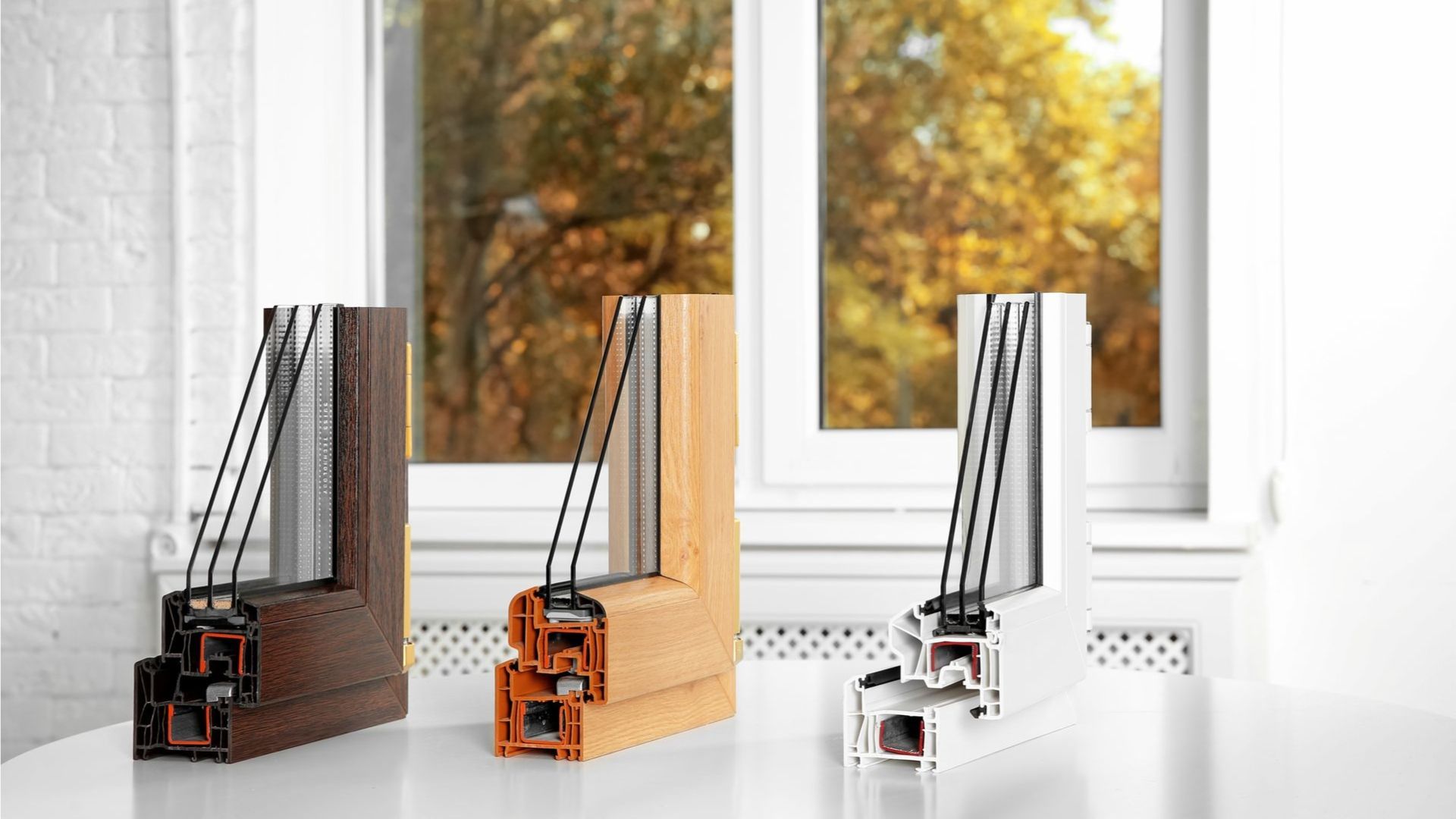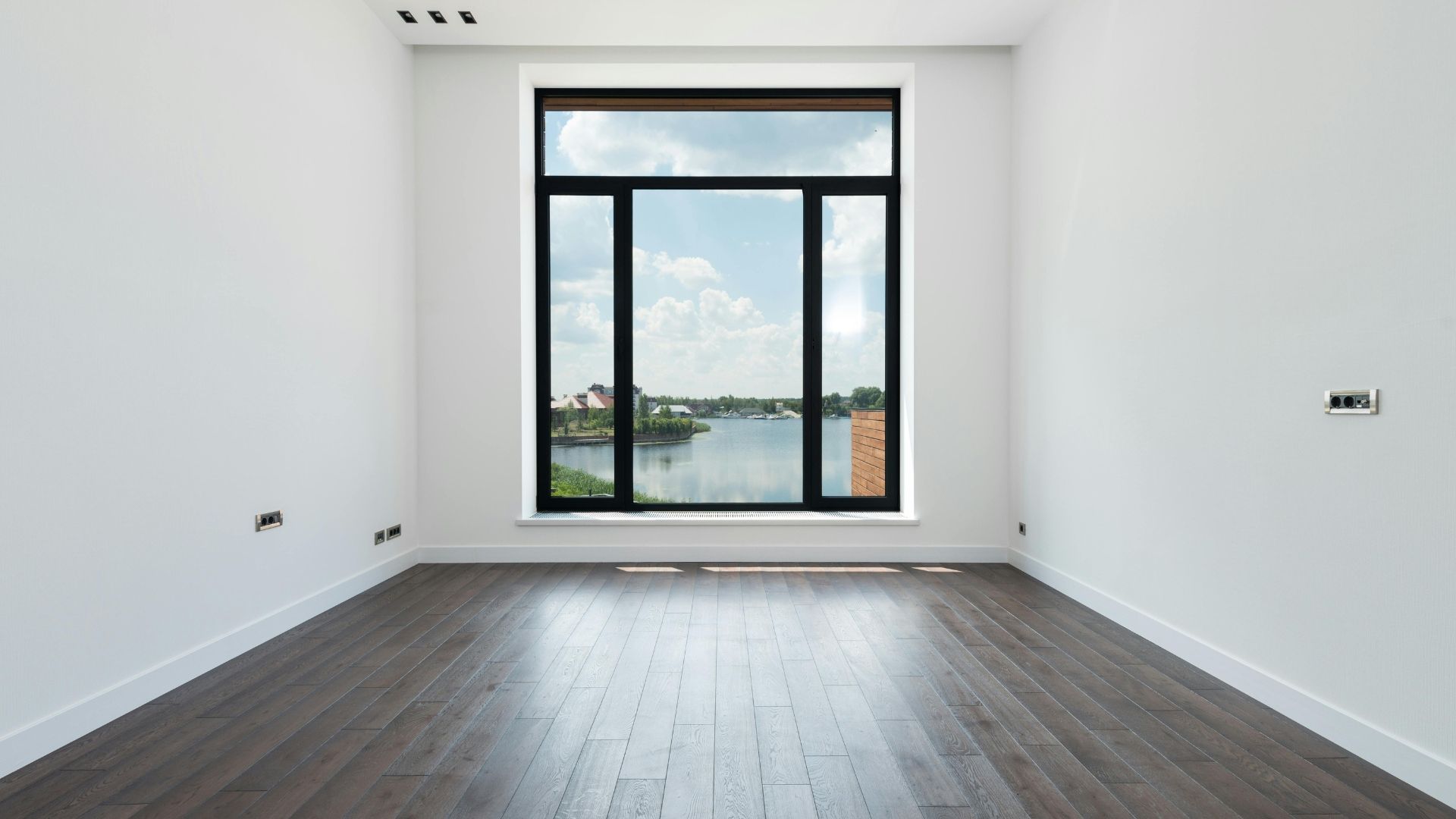Do you know which type of lock is on your front door? Get to know the different kinds of locks in our guide.
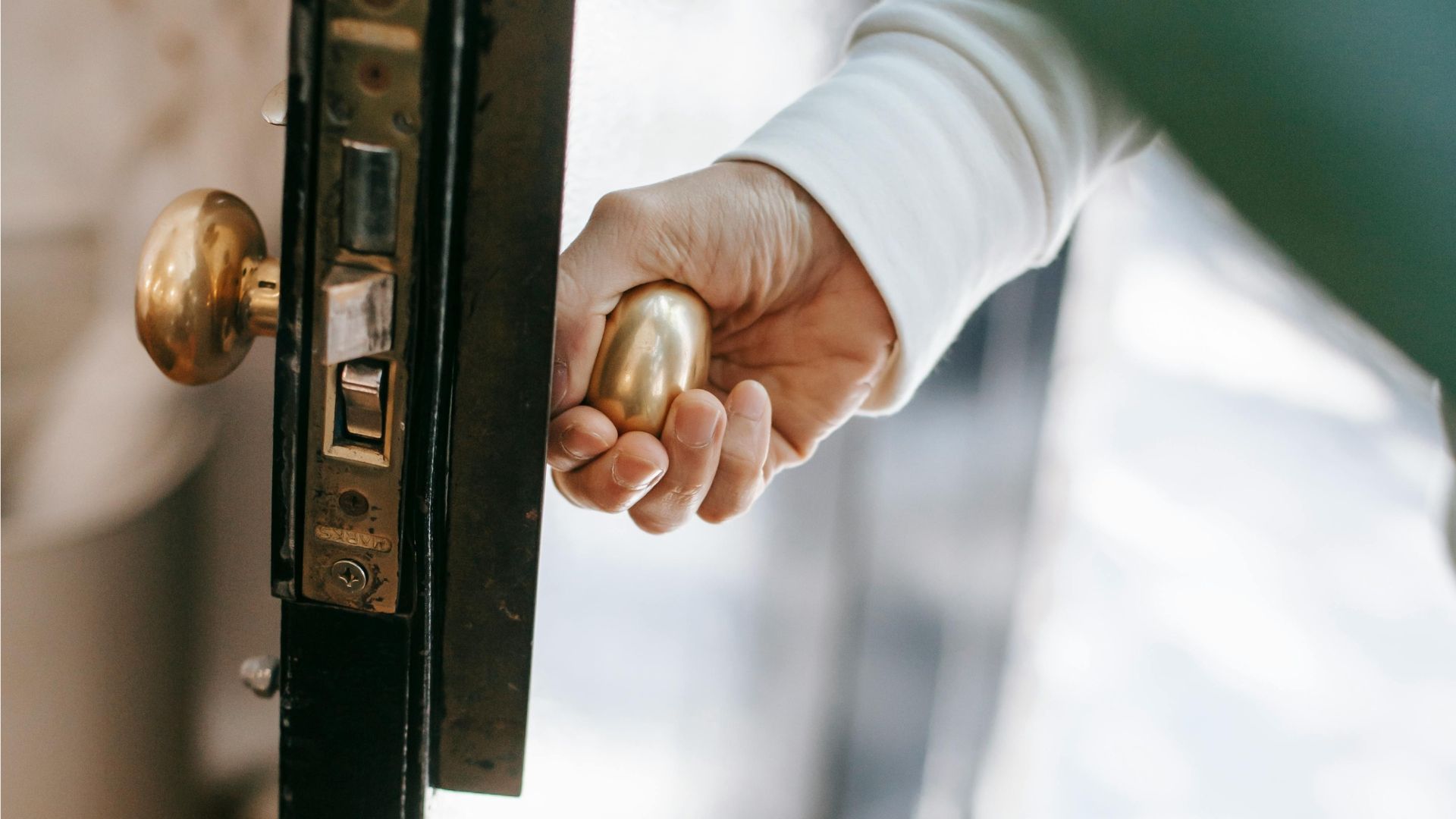
There are some things in life you don't need to know until you need to know. Like how to apply for a mortgage or change the belt on your tumble dryer.
Door locks also fall into this category. Most of us go through life without giving much thought to the locks on our doors. They're just kind of… there.
Inevitably, though, there comes a time when you must look your lock in the eye and ask, "What are you, exactly?"
Perhaps you need to replace, repair or upgrade your lock. Or maybe you're just curious.
In any case, we're here to help. In this guide, we tell you about the most common types of door locks and how to identify yours.
Euro cylinder locks
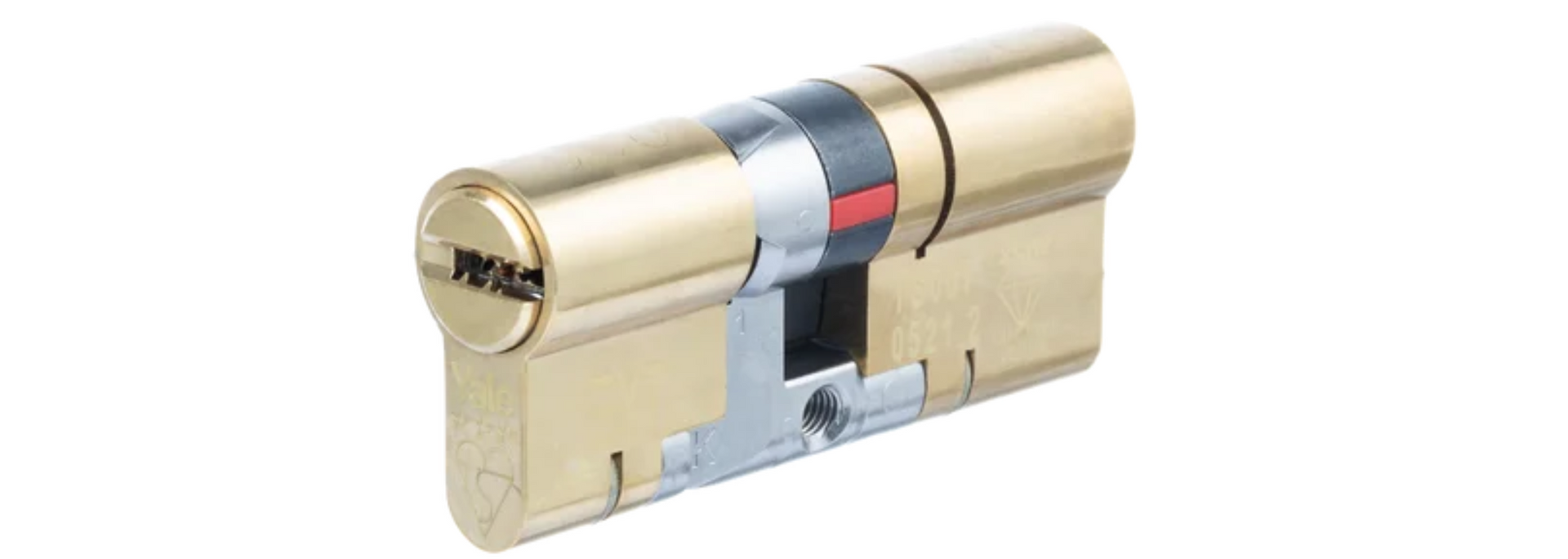
The euro cylinder is a standardised version of the pin and tumbler lock. This type of lock dates back at least 2,700 years. However, the modern version was invented by Yale in the 1840s.
"If it ain't broke, don't fix it", they say. The euro cylinder is a refined and updated version of Yale's 180-year-old design – and it's among the most common types of locks fitted on doors in the UK today.
How do you know if you have a euro cylinder lock? Start by asking yourself these questions:
- Do I have a uPVC or composite door?
- Is the lock fitted onto the door handle?
- Does the lock have a protective surround?
If the answer to any of these questions is "yes", then you likely have a euro cylinder lock. It's especially likely if the lock is on your front or back door.
Euro cylinders have many advantages. They're easy to use, easy to replace and – if you use the correct security standard – hard to break into.
But not all euro cylinders are created equal. Poor-quality cylinders can be prone to burglary techniques like lock snapping. That's why we use super-secure, three-star rated Yale euro cylinder locks for all our uPVC and composite doors.
Three- and five-lever mortice deadlocks

These types of locks are most commonly found on wooden external doors. To determine whether you have one, look for these characteristics:
- The lock is embedded into the door: this is why it's called a mortice lock – the lock is "morticed" into the door. In other words, part of the edge of the door has been cut away to make room for the lock.
- It can be locked from both sides with a key: there'll be a keyhole on either side. This will be the only way to operate the lock.
- It's a deadlock: this means the lock isn't fitted to a door handle, knob or latch. These locks have a locking mechanism, a keyhole and nothing more complicated than that.
You can also look at the lock plate on the edge of the door. This should be stamped with the number of levers in the lock (look for the words "3 lever" or "5 lever").
Five-lever locks are more secure than three-lever locks. However, both tend to be less secure than euro cylinder locks.
For this reason, mortice deadlocks are sometimes fitted alongside a deadlatch.
Deadlatches (and nightlatches)
Deadlatches are most commonly found on wooden and glass-panelled doors. They're very easy to identify.
- They will not be the only lock on your door. If you have a deadlatch, you probably also have a mortice deadlock.
- The locking mechanism looks different on the inside and outside of the door. On the outside, there's a keyhole. On the inside, there's a box-shaped locking mechanism with a handle.
- The bolt is triangular and fitted to a spring mechanism. This causes the lock to engage automatically when the door is shut.
Now, you might be wondering, what's the difference between a deadlatch and a nightlatch?
Both types of doors usually have a metal "snib". This allows you to lock the latch from the inside or secure it in an unlocked position. This is useful if you want to pop outside without a key.
However, nightlatches can sometimes be forced open by slipping a credit card between the lock and the door frame. Not good.
Deadlatches add another snib to address this security flaw. This snib allows you to "freeze" the lock in position from the outside using a key. Once locked in place, it cannot be defeated using a credit card.
Double-locking deadlatches add even more security. These locks also have a keyhole on the inside, allowing you to lock the handle, too.
In any case, deadlatches and nightlatches are less secure than other types of locks. That's why they're never used as the only security measure on an external door.
Our approach to door security
At Calder Windows, we take your security very seriously. That's why we use Yale euro cylinder locks for all our doors.
Yale is the gold standard for home security. Its locks are trusted by homeowners and businesses around the world – and it's been this way for more than 180 years.
And it gets better. Our Yale locks are rated three stars for security – the highest rating available in the UK. They're so secure that they're recognised under the UK police force's Secured by Design accreditation scheme.
Our windows get similar treatment. They're fitted with highly secure multipoint reverse-action inline locking systems. Yes, it's a bit of a mouthful – but all those features are there to keep you and your family safe.
At the end of the day, that's what it's all about. We stick to the highest standards of security because we want customers like you to feel confident every time you lock your door.
Are you in the market for a highly secure, ultra-modern door or window? Do you need replacement locks for your doors or an emergency repair? If you're in the Yorkshire area, don't hesitate to get in touch with Calder Windows for a free quote. Our friendly team will be happy to help.
Get a FREE quote
Are you on the lookout for uPVC window fitters in Wakefield or West Yorkshire? With over 30 years' experience and an extensive range of uPVC windows, we can help. Request a quote today or apply for finance and spread the cost.
*Some models differ in warranty.

Opening Hours
08:30 - 16:30 Monday - Friday
09:30 - 12:30 Saturday
Sunday - By appointment only
Evening appointments available on request
Main Office
Calder Windows, 71 High Street
Normanton, West Yorkshire WF6 2AF
Sign up to our newsletter
Thanks for signing up!
Please try again later.
All Rights Reserved | Calder Windows
